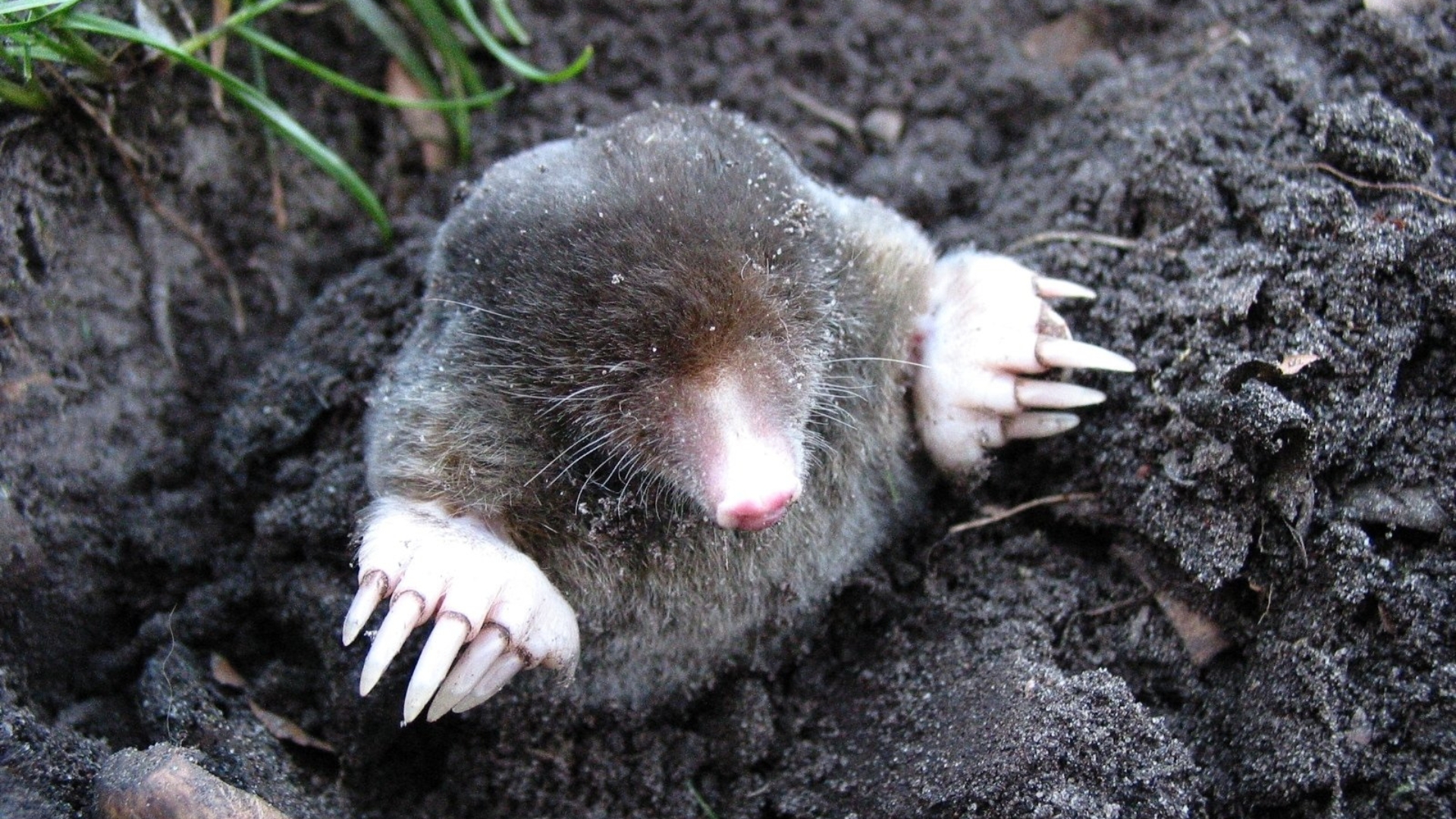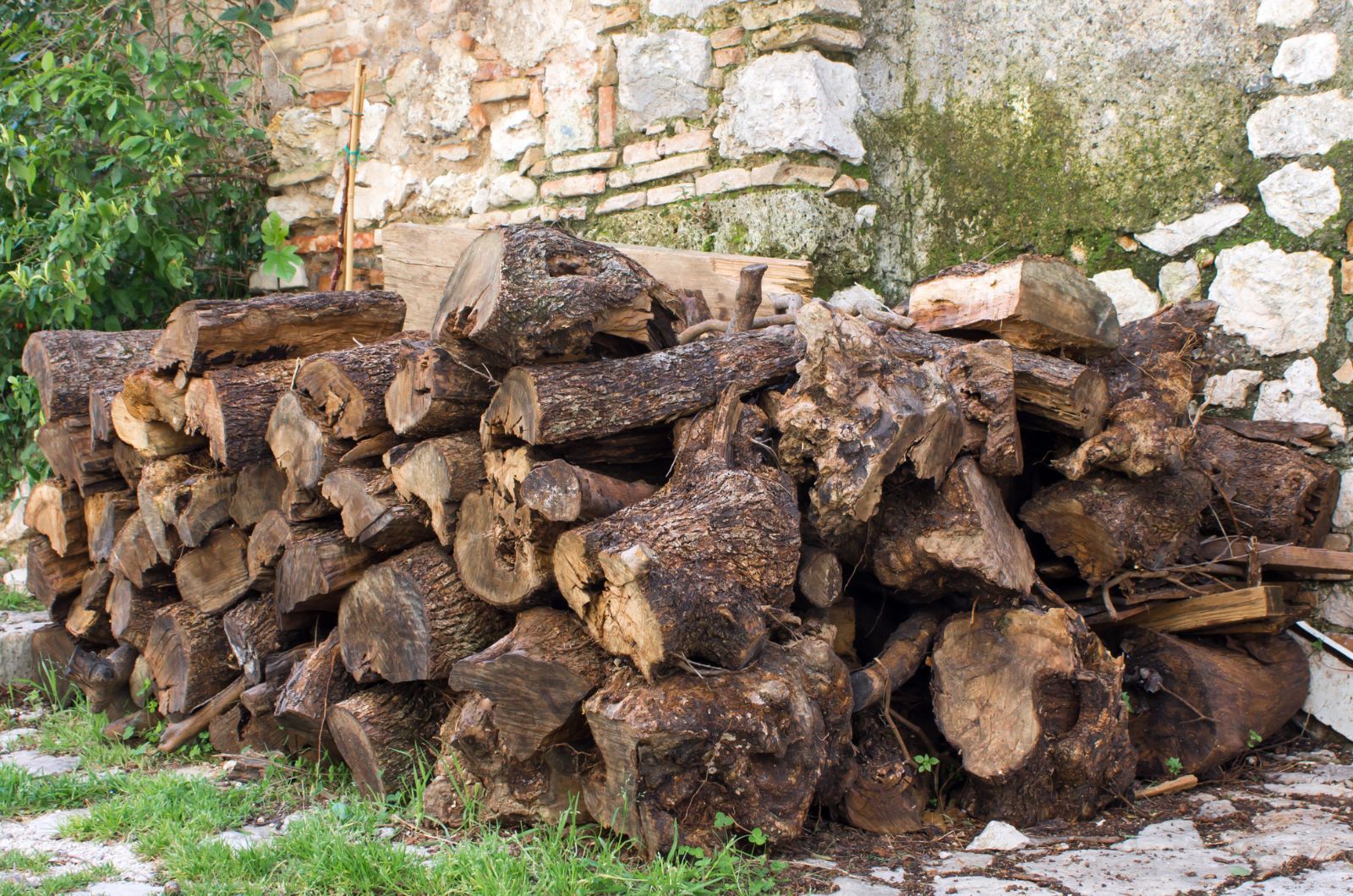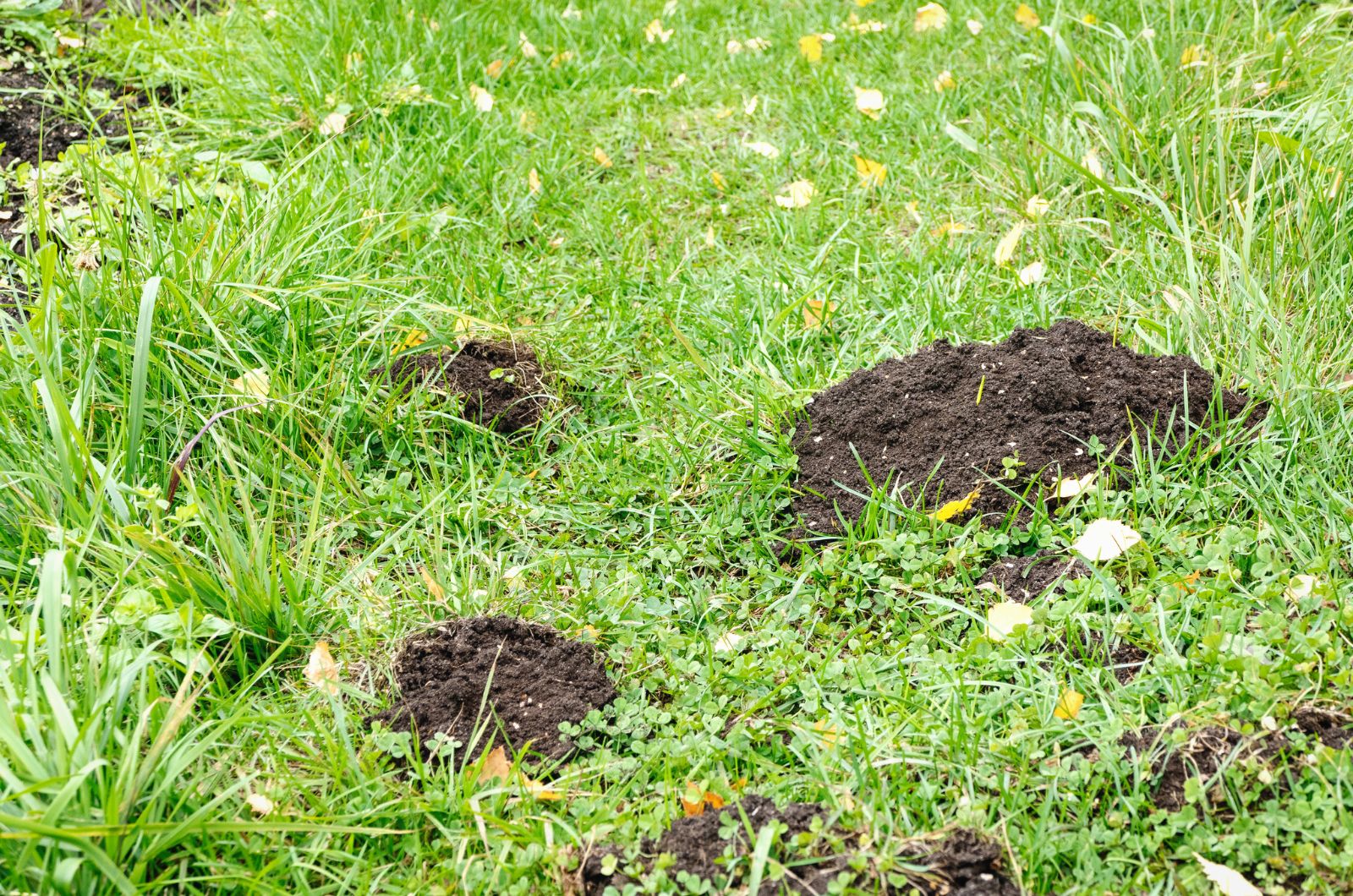Moles are little creatures that look super cute until they enter your yard and destroy what you’ve worked so hard for! If you notice these critters in your yard, don’t immediately look for ways to get rid of them.
It’s more important to understand what attracts moles because we don’t want them to ever come back!
In this article, I’ll show you what these animals find attractive in your yard, how to identify them, and how to control and prevent moles.
Let’s get started!
1. Prey
As you may know, beneficial insects such as earthworms are required for a lush green lawn. Earthworms are important for our soil, so our goal is often to increase their population.
Well, the problem is that moles love earthworms and they’ll be happy to destroy your whole yard in order to eat as many earthworms as possible.
2. Moist Soil
These creatures love digging tunnels. If you have moist and loose soil, they’ll definitely come by. Watering is an essential part of lawn care but we should be very careful not to add too much water.
If your soil doesn’t have good drainage and retains too much moisture, it creates a perfect environment for moles.
3. Type Of Soil
Moles find sandy and loamy soils very attractive because they make digging very easy.
These animals aren’t typically found in yards with predominantly clay soils.
4. Plant Roots
Insects are the primary source of food for rodents but this doesn’t mean they’ll leave your plants alone.
When searching for insects, moles will munch on the roots of your plants and destroy flower beds.
5. Dense Ground Covers
Tall grasses and other taller groundcovers are frequently found in gardens but they won’t go unnoticed by moles.
This gives them an opportunity to camouflage and keep on digging in your yard. Wood piles and debris can offer shelter for moles and they’ll spend more time in your outdoor space as a result.
6. Seasonal Changes
This isn’t something you can affect directly. As you may know, these animals are most active during spring and fall.
During these periods, there are a lot of insects in your yard, and soil moisture levels are higher because of more frequent rainfall.
7. Neighboring Yards
If your neighbor has issues with moles, you can easily join the club because these animals can travel long distances using the tunnels they create.
Additionally, your yard will be in bigger danger of becoming a mole home if you live near the natural habitats of these animals.
8. Territorial Behavior
Male moles exhibit a strong territorial nature, often exploring unfamiliar areas to find mates or establish fresh territories.
If you find yourself facing a sudden mole issue in an area where they were previously unseen, this behavior might be the cause.
How To Know If You Have A Mole Problem
If you have issues identifying mole activity, here are the signs that can help you.
• Volcano-shaped hills: These are the telltale signs of mole activity and the easiest way to differentiate between moles and voles; the latter leave holes in your yard.
• Surface tunnels: Raised ridges all over your property are most likely caused by moles.
• Dying plants: If you ensure all the necessary conditions for your green buddies but they display wilting or many of them die, moles may be the culprit.
How To Control And Prevent Moles
Getting rid of moles becomes easier once you understand their behavior. Here are some tips that will make your yard less attractive to these animals.
• Reduce insect population: Soil-dwelling insects may be beneficial, but you’ll need to reduce their population using some pest-control methods to repel moles.
• Modify soil: Amend your soil with materials such as coarse sand in order to make digging harder.
• Install barriers: Consider installing hardware cloth or mesh around the areas in your garden that are more susceptible to moles. This includes flower beds and veggie gardens.
• Use repellents: There are some commercial repellents that can help you discourage moles through different mechanisms like scent or sound. Nevertheless, the degree of their effectiveness may differ.
• Use traps: These traps do work but their price and potential danger of harming moles may not be worth the risk. If you haven’t used them or don’t know how, I recommend leaving that to the professionals.
• Contact the professionals: Catching a mole or two in your yard occasionally isn’t dangerous, but if their population increases and the damage becomes severe, seek help.







